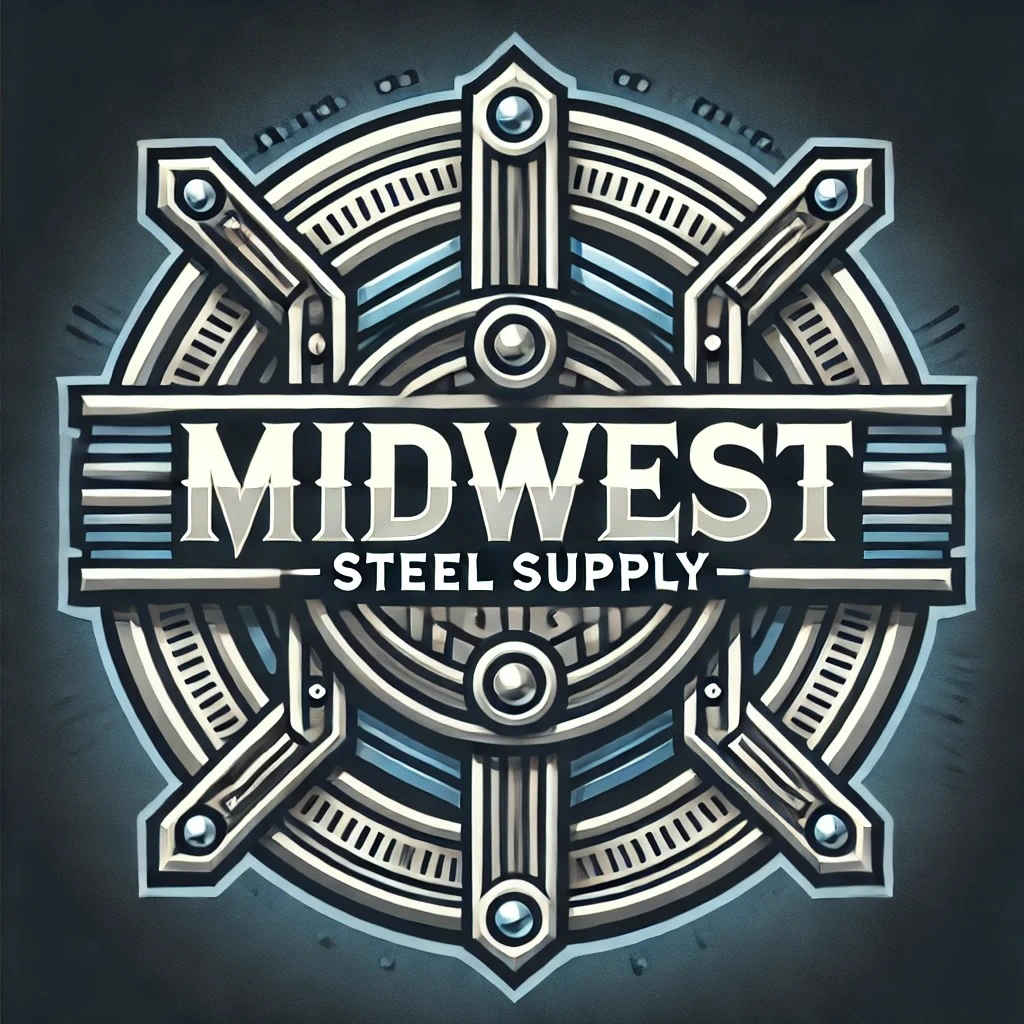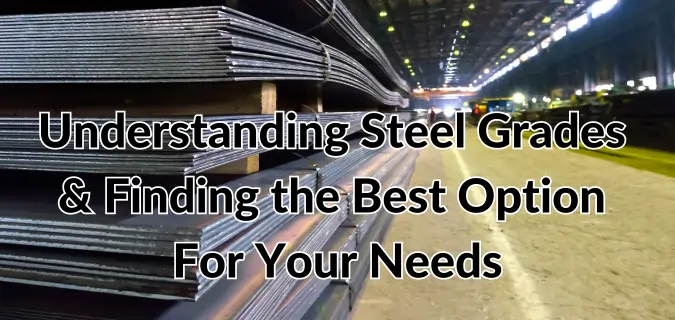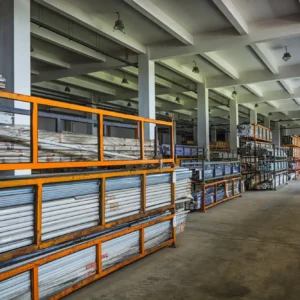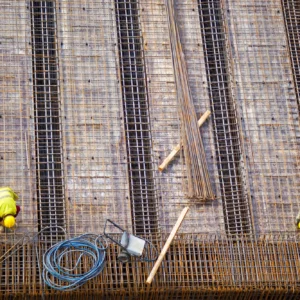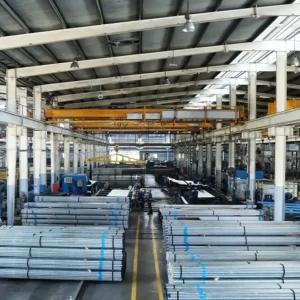Choosing the proper steel grade is crucial for the longevity, safety, and performance of any project. Whether you’re working on a construction project, manufacturing equipment, or any application that demands precision and durability, the decision begins with understanding the unique properties of various steel grades. At Midwest Steel, our experts have developed a set of best practices and insights to help you select the right steel for your project’s specific needs.
Understanding Steel Grades
What Are Steel Grades?
Steel grades are classifications that indicate the chemical composition and physical properties of steel. These characteristics impact:
-
Strength and Toughness: Essential for withstanding loads.
-
Ductility: Allows the metal to be shaped or bent without breaking.
-
Weldability and Fabrication: Influences how easily steel can be cut, welded, or formed.
Different projects require different properties. For example, structural applications often need high strength and toughness, while manufacturing tools might prioritize hardness and wear resistance.
Commonly Used Steel Grades
Some popular steel grades include:
-
Carbon Steels: Generally used in construction and manufacturing due to their strength and versatility.
-
Alloy Steels: Offer enhanced properties like improved strength, wear resistance, and toughness.
-
Stainless Steels: Ideal for applications that require corrosion resistance in aggressive environments.
-
Tool Steels: Engineered for high hardness and wear resistance, perfect for cutting and forming tools.
Key Factors When Choosing a Steel Grade
1. Project Requirements and Conditions
-
Load-Bearing Capacity: Determine the strength required to support or resist forces. For example, heavy infrastructure demands higher tensile strength.
-
Environmental Conditions: Consider exposure to moisture, chemicals, or extreme temperatures. This may necessitate the use of corrosion-resistant or weatherproof steel grades.
-
Design Specifications: Evaluate the intended use, design complexity, and any special fabrication needs, which might influence the choice of a more ductile or malleable steel.
2. Mechanical Properties
-
Tensile Strength: It measures the steel’s ability to withstand tension before failure.
-
Yield Strength: This indicates the point at which the material starts to deform permanently.
-
Impact Resistance: If the project may face sudden impacts or vibrations, select a grade known for superior toughness.
3. Fabrication and Joining Considerations
-
Weldability: Some steel grades are designed to be easily welded together, while others may require specialized techniques.
-
Machinability: Depending on whether the steel needs to be cut, drilled, or shaped, ease of machining can be a deciding factor.
-
Formability: Projects that involve bending or forming steel may need grades with higher malleability.
4. Cost and Availability
-
Budget Constraints: It’s important to balance performance with cost. Higher-grade steels often come at a premium, so confirm whether the added performance benefits justify the cost.
-
Supply Chain Considerations: Ensure the chosen steel grade is readily available from suppliers like Midwest Steel, to avoid delays and ensure consistency in quality.
Expert Tips from Midwest Steel
Collaborate with Industry Specialists
Work with experts who understand your project’s challenges. At Midwest Steel, we’re dedicated to providing technical support and recommendations based on your unique needs. Our team can analyze project requirements and suggest the best-suited steel grade.
Perform a Comprehensive Feasibility Study
Before finalizing a decision, conduct tests or simulations to ensure the selected steel meets all mechanical and environmental demands. This proactive measure minimizes the risk of underperformance or future structural issues.
Consider Future Maintenance and Lifecycle Costs
It’s not just about the initial cost. Evaluate the long-term durability and maintenance requirements of the steel grade. Opting for a slightly higher grade now may reduce maintenance costs and extend the life of your project.
Stay Updated on Innovations
The steel industry continuously evolves with advancements in metallurgy and production techniques. Keep an eye on new developments and consider innovative grades designed to offer better performance, especially as sustainable practices become more integral to design criteria.
Conclusion
Choosing the right steel grade is a complex decision influenced by project specifications, environmental conditions, mechanical properties, and cost considerations. By following these expert tips, you can ensure your project utilizes the most appropriate material, thereby maximizing efficiency, safety, and longevity. Midwest Steel is proud to support engineers, architects, and contractors with quality steel products and expert guidance every step of the way. Contact us today to learn how we can assist with your next project and provide tailored recommendations for optimal performance.
